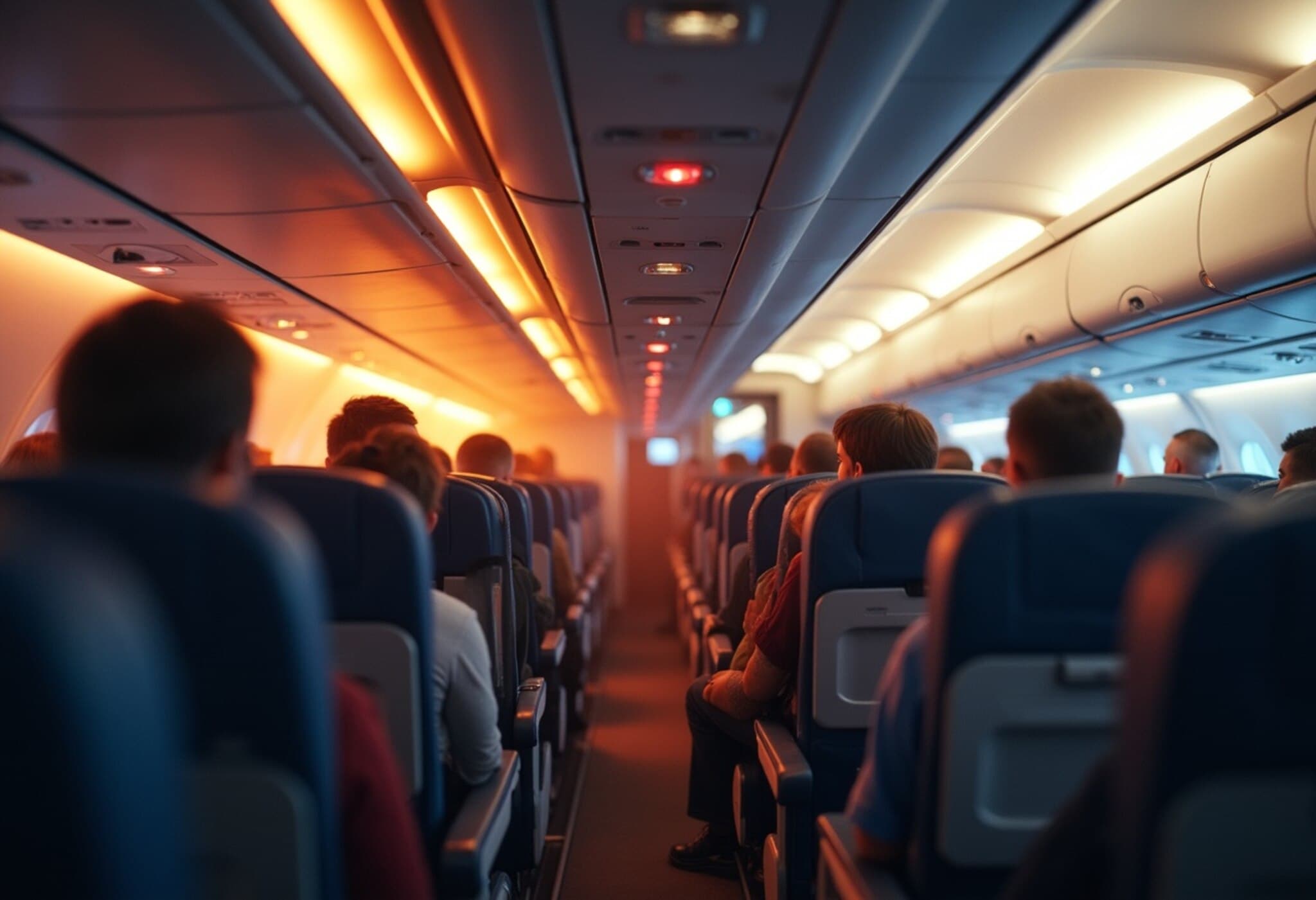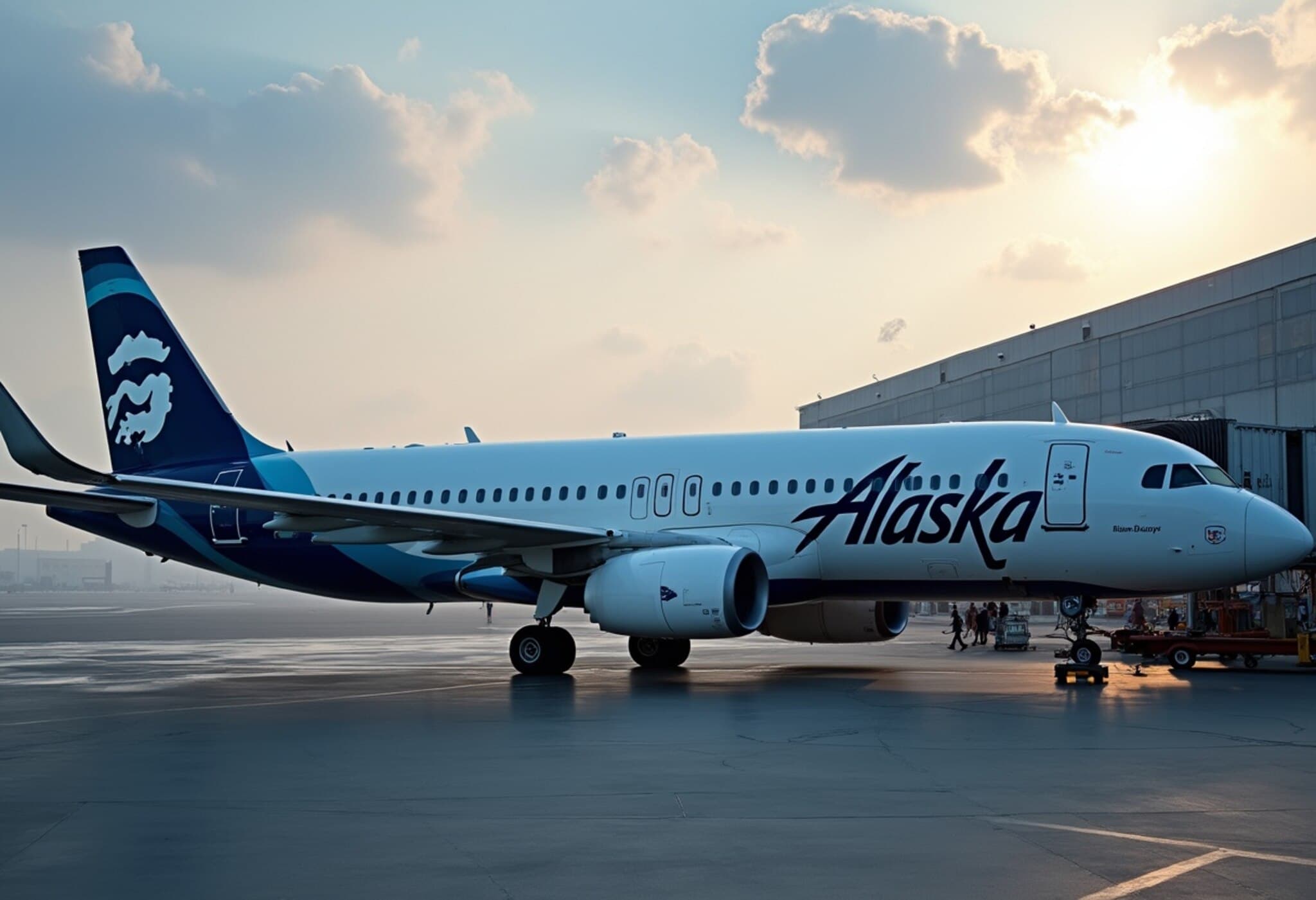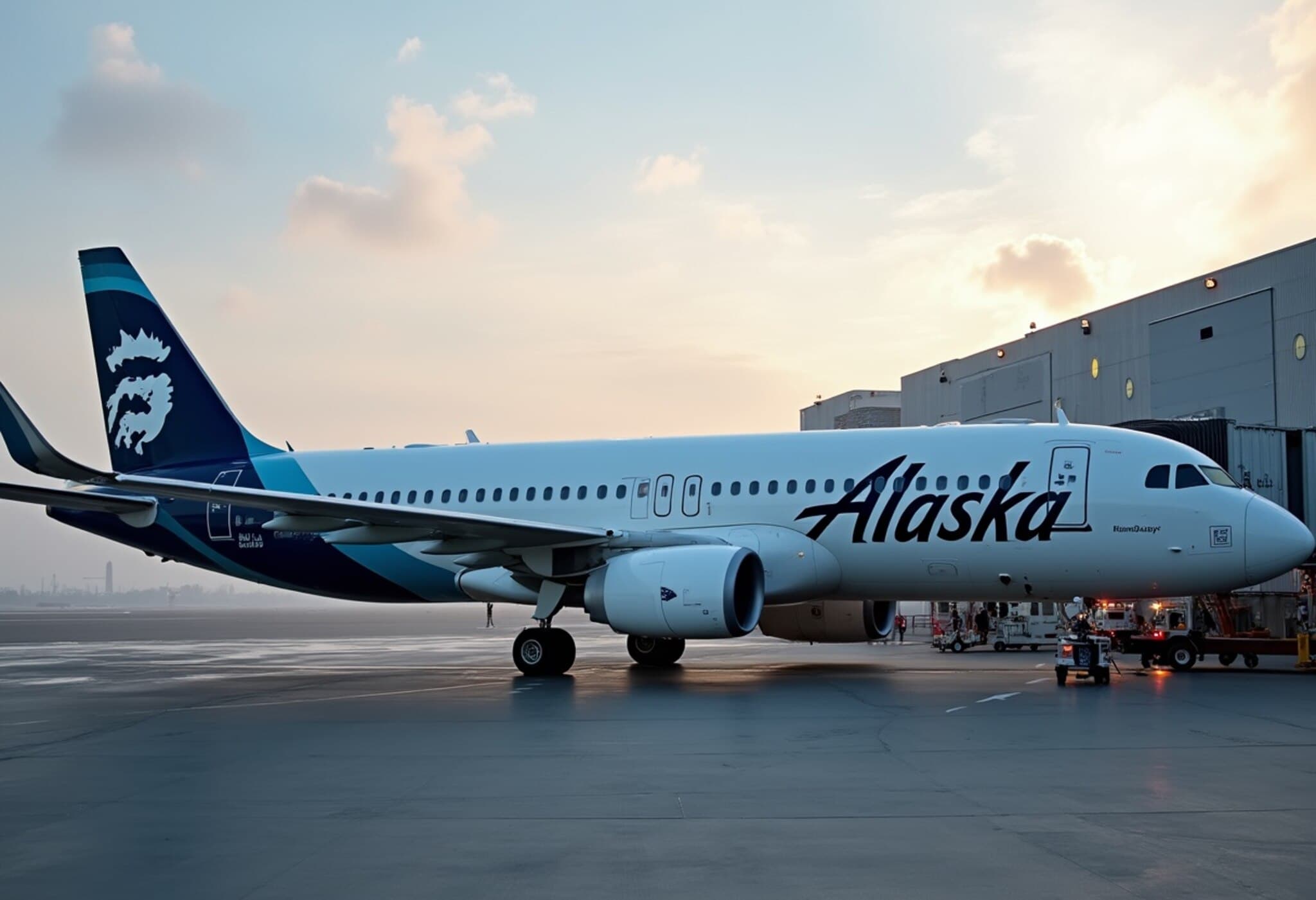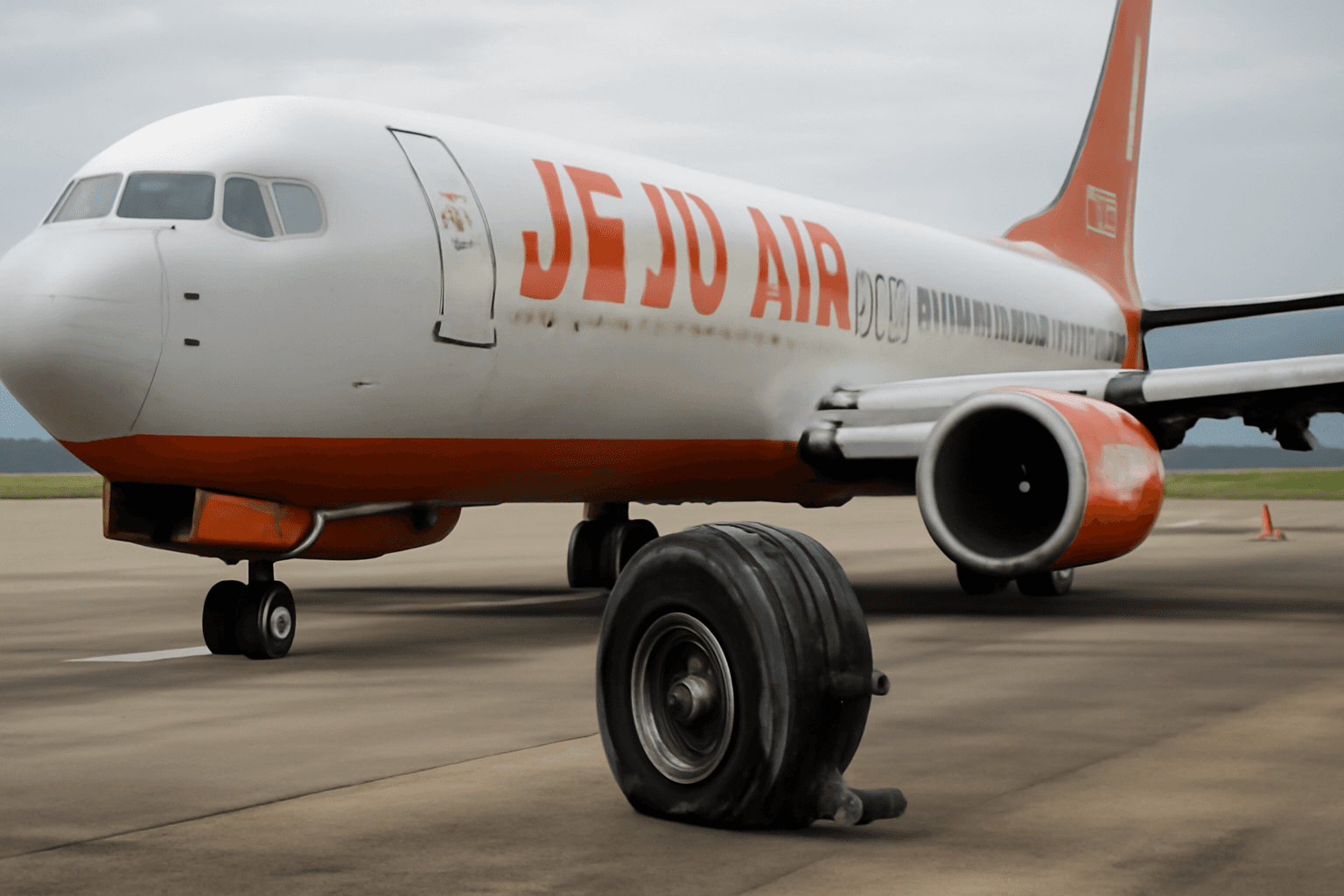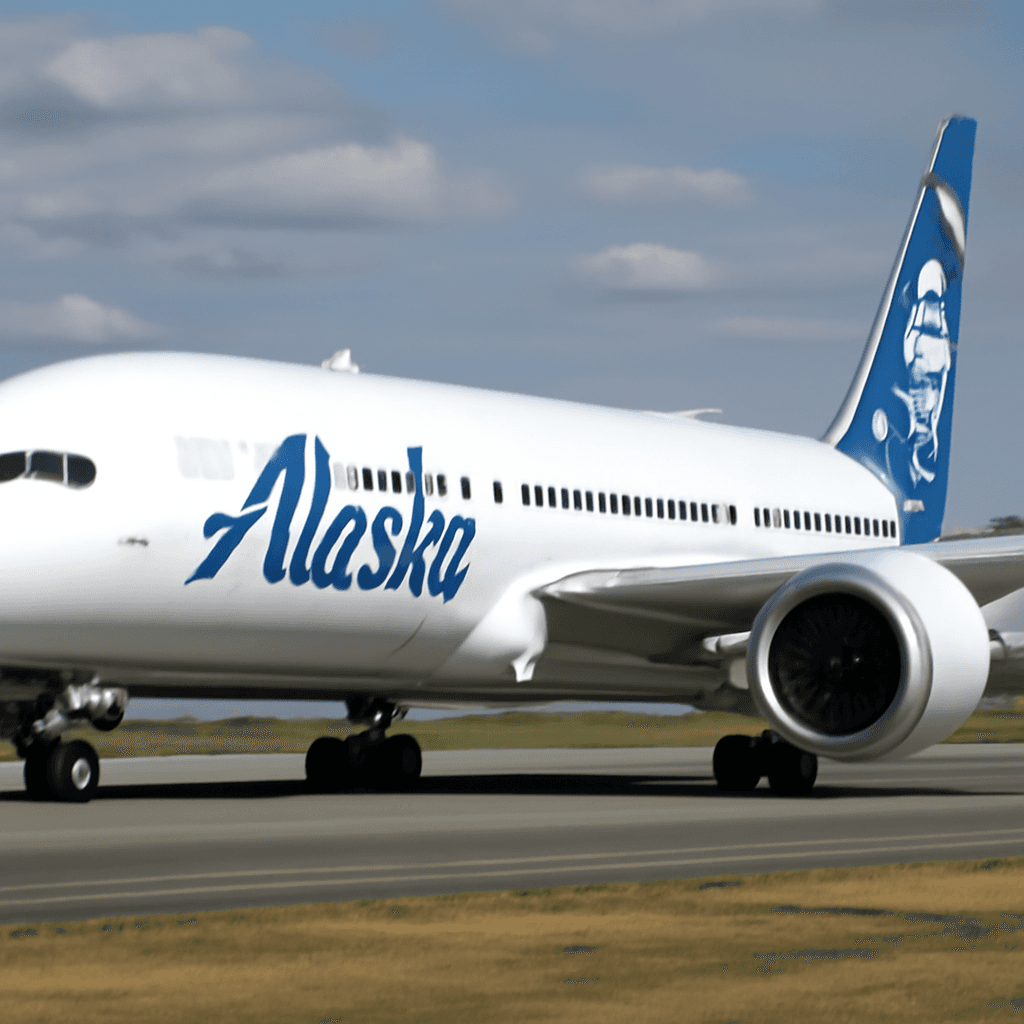Fire Triggers Emergency Evacuation at Denver International Airport
On the evening of July 27, 2025, passengers aboard an American Airlines flight faced a sudden and alarming situation when a fire broke out onboard at Denver International Airport. Thanks to the quick response of airport emergency crews and airline personnel, the plane was safely evacuated without any reported injuries.
What Happened on the Plane?
According to eyewitness accounts and official statements, the fire originated near the aircraft's rear cargo hold shortly before departure. An alert from the flight crew prompted the immediate evacuation of all passengers via emergency slides. Airport firefighters arrived within minutes to control the blaze and secure the area.
Emergency Protocols in Action
This incident highlights the rigorous safety protocols that airlines and airports maintain to respond to in-flight emergencies. The successful evacuation—completed swiftly and calmly—illustrates the importance of regular crew training and passenger awareness. Denver International Airport, one of the busiest hubs in the United States, has a dedicated fire and rescue team specializing in aviation-related emergencies.
The Wider Safety Context for Aviation
While fires on airplanes are relatively rare thanks to advanced safety standards and technology, this event underscores ongoing challenges in maintaining rigorous checks on aircraft systems and cargo. In the United States, the Federal Aviation Administration (FAA) mandates stringent fire detection and suppression systems aboard commercial flights. Such incidents fuel discussions among aviation experts regarding continuous improvements to both preventive measures and emergency responses.
Economic and Operational Impact
The evacuation caused temporary disruptions at Denver International Airport, leading to flight delays and rebooking for affected passengers. American Airlines has pledged to assist travelers and conduct a thorough investigation into the root cause of the fire. Operational disruptions like this not only impact airlines financially but also affect the broader supply chains and passenger confidence in air travel safety.
Experts Weigh In
“This incident serves as a reminder of the critical role of swift emergency response and passenger compliance,” says aviation safety analyst Dr. Linda Reynolds. “Continued investments in fire detection technology and crew training are vital to safeguarding passengers and minimizing risks.”
Looking Ahead
Industry observers will be closely following the investigation’s findings. For passengers, the event reinforces the importance of paying attention to safety briefings. For regulators and airlines alike, it presents an opportunity to revisit and reinforce standards to ensure passenger safety remains uncompromised.
Editor’s Note
This episode at Denver International Airport is a vivid example of aviation safety protocols working as intended, preventing tragedy through preparedness and professionalism. However, it also raises broader questions about how the aviation industry can innovate further to prevent such occurrences. As air travel rebounds post-pandemic, continuous vigilance and transparent communication remain key to maintaining public trust.
Readers are encouraged to consider how infrastructure investments, regulatory oversight, and passenger awareness complement each other in sustaining a safe flying environment.

